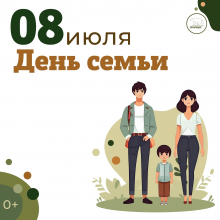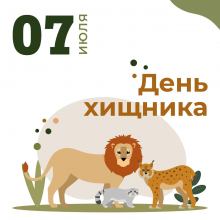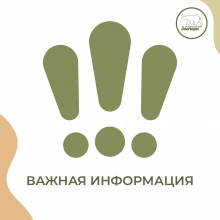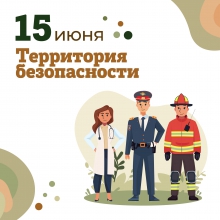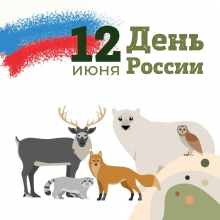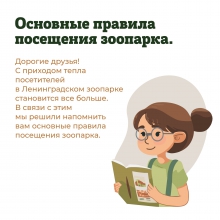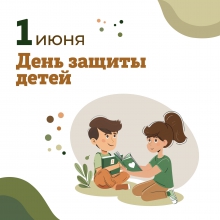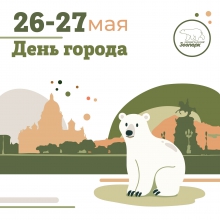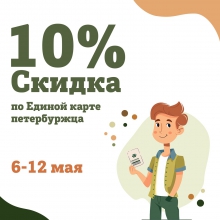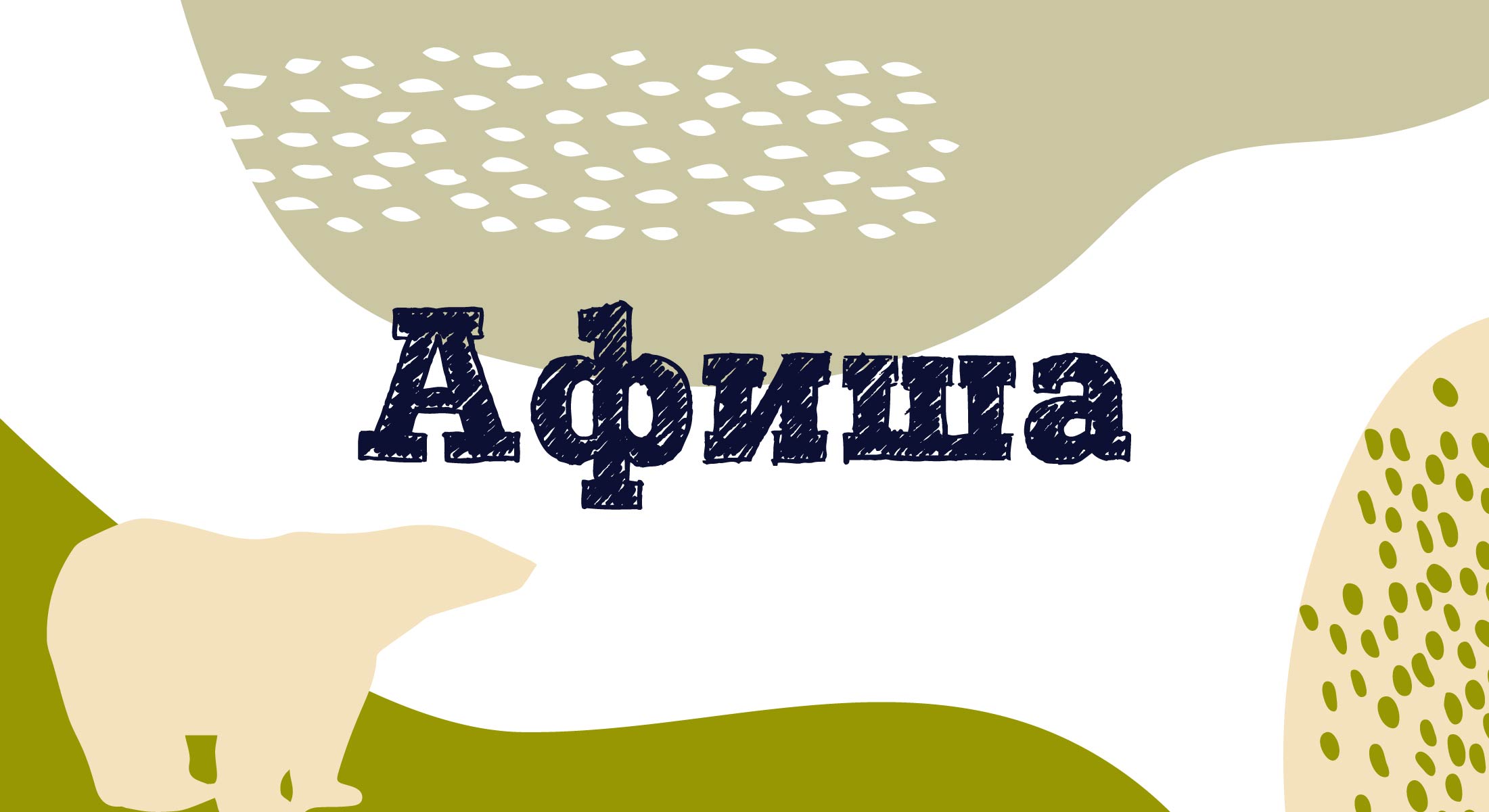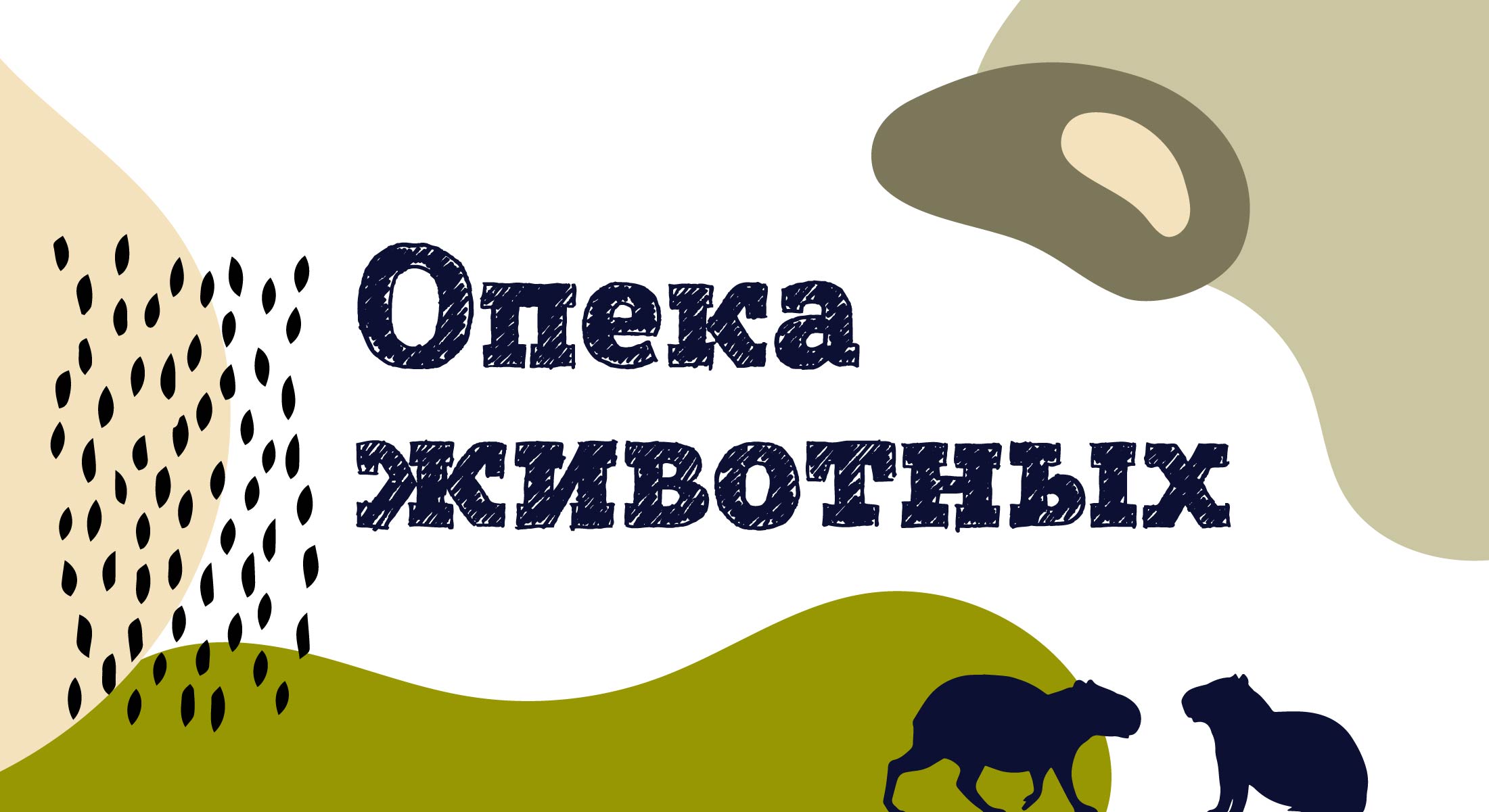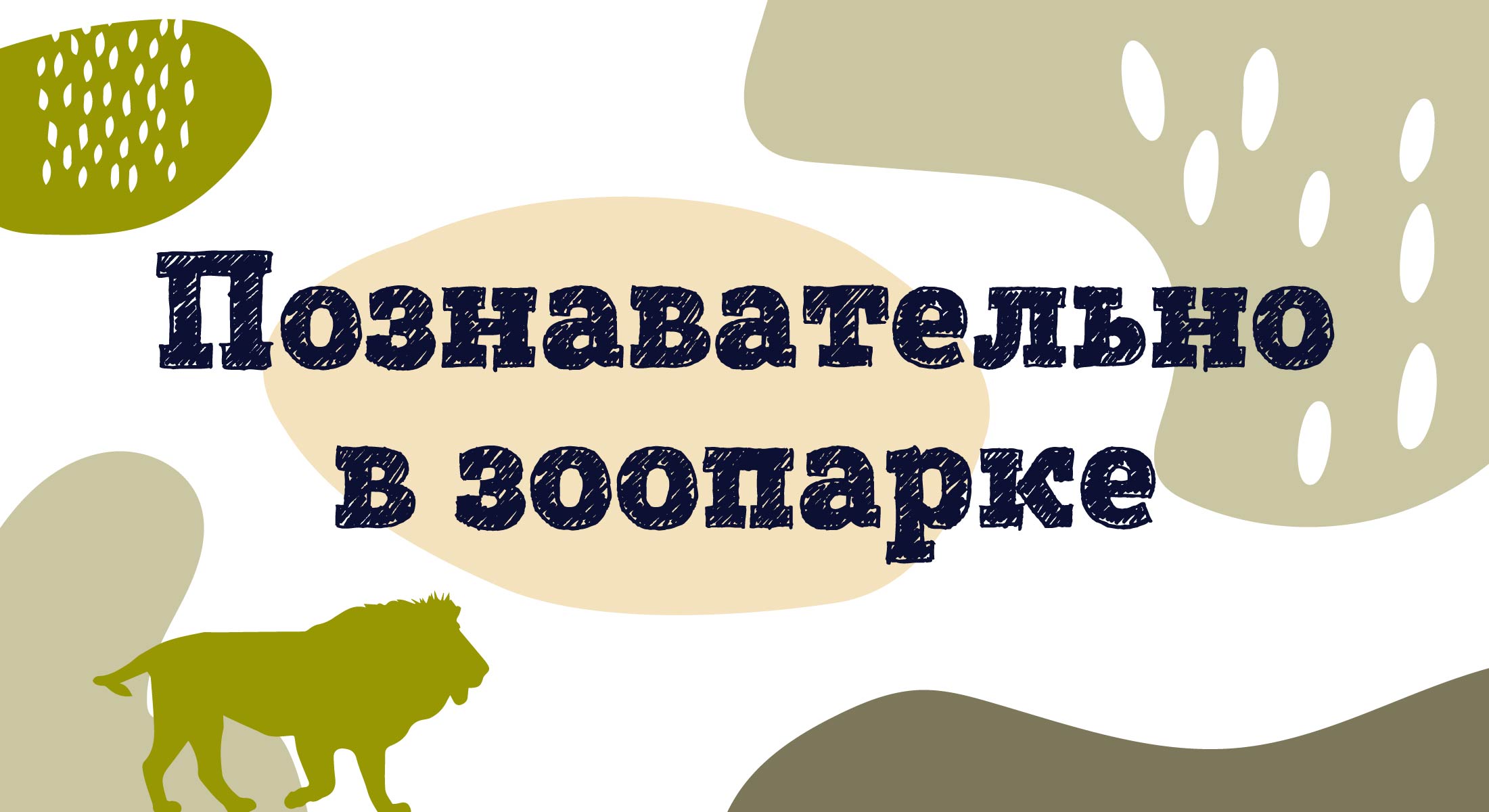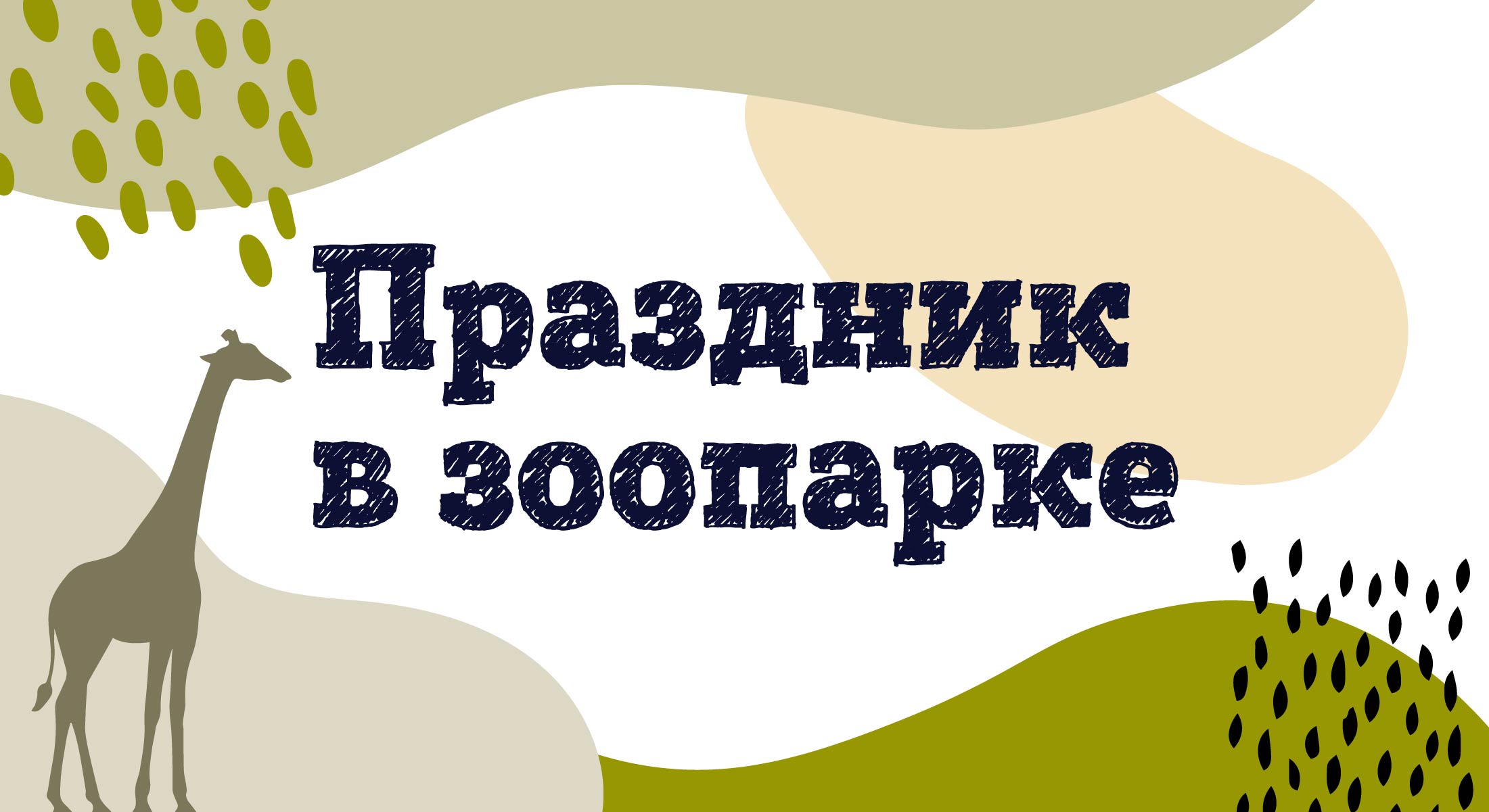Alexandrovskiy park, 1,
subway station "Gorkovskaja"
+7 (812) 230 1926
Календарь
| July | ||||||
| S | M | T | W | T | F | S |
| 1 | 2 | 3 | 4 | 5 | 6 | |
| 7 | 8 | 9 | 10 | 11 | 12 | 13 |
| 14 | 15 | 16 | 17 | 18 | 19 | 20 |
| 21 | 22 | 23 | 24 | 25 | 26 | 27 |
| 28 | 29 | 30 | 31 | |||
Visitor Rules
Dear visitors!
To pick up the most enjoyable memories during your visit to our Zoo, please follow the listed below rules of conduct and pay attention to information leaflets on animal enclosures. Feel free to ask the zoo staff if necessary. We remind you that a zoo is a high-risk institution.
Please note that it is strictly prohibited at the Zoo:
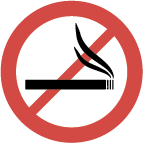 To smoke
To smoke
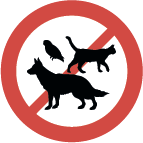 To enter the Zoo with animals
To enter the Zoo with animals
This safety precaution prevents the infection of animals by any outside diseases.
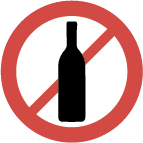 To enter the Zoo under alcoholic or drugs influence
To enter the Zoo under alcoholic or drugs influence
A zoo is a high-risk institution where a person unable to control their behavior tends to get seriously injured.
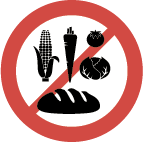 To feed the animals
To feed the animals
For every animal resident at the Zoo, our professionals elaborate a special diet which includes all the necessary elements for this animal to be healthy. All the treats, even natural ones like fruit and vegetables (let alone harmful and dangerous food not of natural origin) that you give to our animals, come on top of their daily feeding ratio, what causes diseases and early deaths.
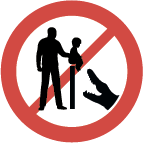 To climb over barriers, to put children on them
To climb over barriers, to put children on them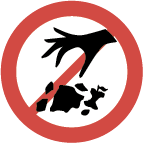 To throw objects into enclosures
To throw objects into enclosures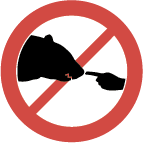 To shove your hands between the bars or through the net of enclosures
To shove your hands between the bars or through the net of enclosures
Even the most harmless-looking animal can injure a person, since the Zoo animals, with few exceptions, are not tame and can attack.
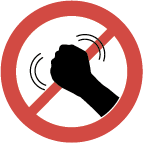 To tap on the enclosure windows, to make excessive noise near them, to tease animals
To tap on the enclosure windows, to make excessive noise near them, to tease animals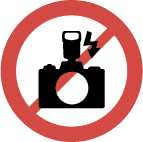 To take photos of animals with a flash
To take photos of animals with a flash
Any sudden stimuli: a tap, a shout, or a camera flash, can cause the alarm reaction, and a stress causes a lot of diseases. Details
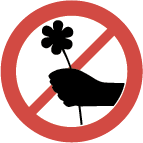 To litter, to tear leaves off the trees, to pick off the green of lawns, to walk on grass
To litter, to tear leaves off the trees, to pick off the green of lawns, to walk on grass
There are a lot of litter bins at the Zoo. Let’s keep our zoo beautiful, green, and clean! It’s your Zoo too, isn’t it?
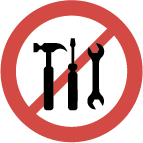 To enter construction sites and staff-only rooms
To enter construction sites and staff-only rooms
This can put your health at risk.
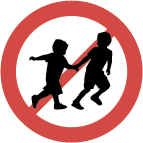 To leave your children unsupervised
To leave your children unsupervised
There have been a number of cases of children running away, getting lost, and even leaving the Zoo without their parents.
 To leave your belongings unattended
To leave your belongings unattended
The Zoo administration isnot responsible for lost items.
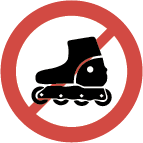 To enter the Zoo by roller-skating, or with bicycles, kick scooters, and skateboards
To enter the Zoo by roller-skating, or with bicycles, kick scooters, and skateboards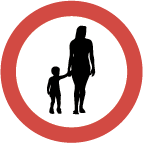 For children under 14, to enter the Zoo unattended
For children under 14, to enter the Zoo unattended
Please note what is not allowed at the Children’s Zoo:
- To enter the yard with food or drinks
- To roller-skate, to enter the yard with prams
- To feed the animals with the food brought by you
- To make excessive noise, run, shout, tease animals
- To let the animals escape or take them outside the area
Please note what is not allowed inside the Exotarrium pavilion:
- To enter with food or drinks
- To roller-skate, to enter with bicycles, kick scooters, skateboards
- To feed fish and other animals
- To shove your hands, or throw objects, including coins, into the open aquariums
- To take photos of fish and reptiles using a flash
Enjoy your visit!
Why it isn’t allowed to feed the animals?
The zoo staff works out a special diet for each animal which contains all the necessary elements for it to feel well and live as long as possible for you to enjoy it! All the food, you feed our animals with, goes beyond their daily diet and can often be harmful to their health.
It is strictly forbidden to feed the animals with pop-corn, ice-cream, cotton-candy, and other treats with which you, our dear guests, like to indulge yourselves and your children while visiting the Zoo. It is also not allowed to give brown or white bread, biscuits, and other foodstuff, of artificial origin that contains salt, sugar, spices, and preservatives, to the animals. That can put their health at an inappropriate risk. If you bring fruit, vegetables, and greens to the Zoo and give them to the animals, these treats, as we’ve mentioned above, come anyway on top of their daily diet and, despite it might seem harmless, lead to overeating and as a result to obesity and other diseases of digestive system.
Where you can see how animals eat and even feed them yourselves?
If you would like to see how and what our animals eat, we invite you to feeding shows. Some of them are conducted with the elements of environmental enrichment. The staff hides treats for the animals in boxes or other items, so that they have to make efforts to get the desired tidbit. Thus, the keepers bring the variety into the life of their animals. The animals play with the offered items, open and tear apart the boxes, and the feeding becomes an exciting game interesting for both animals and visitors.
For schedule, please visit our Animal Feeding Times Page.
For those who like to hand-feed animals, there’s the Children’s Zoo here, and you can interact with such animals as pygmy goats, geese, chickens, turkeys, etc., and also feed the goats with the food specially prepared for them next to the Children’s Zoo.
Our Children’s Zoo is located next to the Zoo main entrance.
Why it is not allowed to climb over barriers, shove your hands through the bars or net of enclosures?
We ask you to consider that the zoo is a high-risk institution. Any animal, even if it looks harmless, can bite or cause any other injury. With very few exceptions, no animal in the Zoo collection is accustomed to a direct contact with humans. The enclosure is their territory to defend especially if they have their youngs at the moment. That is why we kindly ask you not to ignore warning signs “A dangerous animal!”, “Do not approach the bars”, “Warning! The animal can bite!”, etc. The keepers place these warnings on the enclosures for your safety only.
Why it is not allowed to shout, tap on glass, tease the animals or take photos with a flash?
We understand perfectly well that our visitors would like to attract the attention of the Zoo residents and interact with them closely. However shouting or tapping on glass is not an option. A loud noise is an intensive stimulus which distresses an animal. Stress can cause many diseases and early death therefore. If you care for animals, be more patient and take a thought: there are up to several thousand people a day passing an animal whose attention you try to attract.


